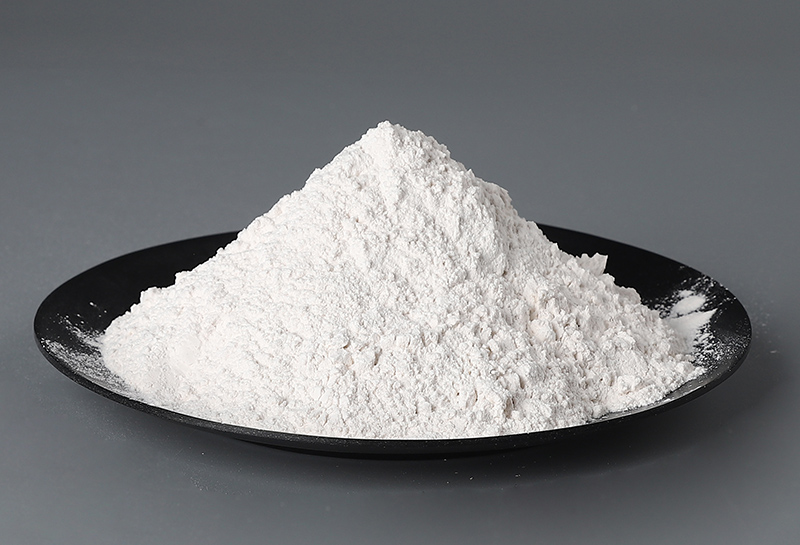Silica Powder vs. Silica Sand: What's the Difference
Silica powder and silica sand are two materials commonly used in various industries, each with its unique properties and applications. While they may seem similar at first glance, understanding the differences between silica powder and silica sand is crucial for making informed decisions in industrial processes and applications.
What is Silica Powder?
Silica powder is a finely ground form of silica, also known as silicon dioxide (SiO2), which is a naturally occurring mineral found in abundance in the Earth's crust. Silica powder is produced by pulverizing silica rocks or crystals into a fine powder form through various mechanical and chemical processes.

Properties of Silica Powder
Particle Size: Silica powder typically consists of very fine particles, with a particle size ranging from micrometers to nanometers. This fine particle size gives silica powder its smooth texture and high surface area, making it ideal for various applications requiring precise control over particle size and surface characteristics.
Purity: High-quality silica powder is characterized by its high purity, often exceeding 99% silica content. This high level of purity makes silica powder suitable for applications where contamination or impurities can adversely affect the final product's quality or performance.
Chemical Inertness: Silica powder is chemically inert, meaning it does not react with most chemicals or substances under normal conditions. This property makes silica powder suitable for use in applications requiring chemical stability and resistance to corrosion or degradation.
What is Silica Sand?
Silica sand is a granular form of silica, primarily composed of small particles of quartz that have been eroded and weathered over time. It is one of the most abundant minerals on Earth and is commonly found in beaches, deserts, and riverbeds.
Properties of Silica Sand
Particle Size: Silica sand particles range in size from larger grains, visible to the naked eye, to smaller particles that may require magnification to be observed. The particle size distribution of silica sand can vary depending on factors such as the source of the sand and the geological processes involved in its formation.
Texture: Unlike silica powder, which has a smooth texture due to its fine particle size, silica sand has a granular texture with varying degrees of coarseness. This texture makes silica sand suitable for applications where bulk density and permeability are important factors.
Applications: Silica sand is widely used in construction, glassmaking, foundry casting, hydraulic fracturing (fracking), and other industrial processes due to its abundance and physical properties.
Key Differences Between Silica Powder and Silica Sand
Particle Size and Texture
Silica Powder: Characterized by its fine particle size and smooth texture, silica powder offers excellent flow properties and surface coverage, making it suitable for applications requiring precise control over particle size and surface characteristics.
Silica Sand: With its granular texture and varying particle sizes, silica sand provides bulk density and permeability, making it ideal for applications such as construction, foundry casting, and hydraulic fracturing where these properties are crucial.
Applications
Silica Powder: Due to its fine particle size and high purity, silica powder finds applications in industries such as cosmetics, pharmaceuticals, electronics, and coatings, where it is used as a functional additive, filler, or reinforcing agent.
Silica Sand: Silica sand is utilized in a wide range of industries, including construction (concrete and mortar production), glass manufacturing, foundry casting (molding and core-making), hydraulic fracturing (oil and gas extraction), and water filtration, owing to its availability and physical properties.
Chemical Properties
Silica Powder: Chemically inert and highly pure, silica powder is suitable for applications requiring chemical stability, resistance to corrosion, and compatibility with other materials.
Silica Sand: While generally inert, silica sand may contain impurities or contaminants depending on its source and processing methods, which can impact its suitability for certain applications requiring high purity.
Conclusion
In summary, while both silica powder and silica sand are derived from silica and serve various industrial purposes, they differ significantly in terms of particle size, texture, purity, and applications. Understanding these differences is essential for selecting the appropriate material for specific processes and applications, ensuring optimal performance and desired outcomes.
评论
发表评论